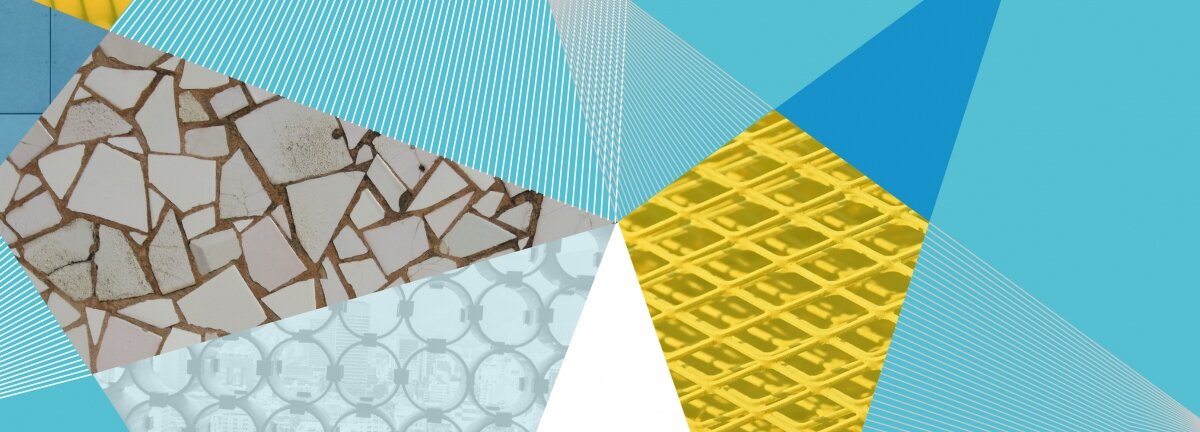Introducing Design for Europe

Design Council is leading a pan-European team to help grow businesses, improve public services and shape better policy across Europe.
The project is called Design for Europe, and aims to give organisations the knowledge and connections to use design to innovate and grow.
In the next couple of weeks we’ll be sending live the second iteration of the Design for Europe website with the start of what will be a rapidly-growing collection of expert advice, tools and opportunities.
What we want to achieve is for more organisations, whether small businesses or government departments, to become design-led
For us design is about more that just how things look, it’s about how they work. With Design for Europe we want to create a place to help business people, public servants and policymakers change the way their organisations work for the better.
Of course most organisations are already using design in one form or another – but what we want to achieve is for more organisations, whether small businesses or government departments, to become design-led.
What do we mean by design?
Design is often thought of as what stuff looks like – the styling of things to make them more appealing. But although aesthetics are part of the design process, this is a pretty narrow view of design.
The definition I like comes from Sir George Cox’s review of Creativity in business. He sets it out like this:
- Creativity is the generation of new ideas
- Innovation is the successful exploitation of new ideas
- Design links creativity and innovation. It shapes ideas to become practical and attractive propositions for users or customers.
What this does is define design as a process – a method for turning new ideas into meaningful propositions for users.
Understanding users is essential to the design process, because design if done well is a people-centred discipline, shaping things that are desirable but also useful.
People often think that the end-result of great design are great products – but this is the same process by which great services and great brands are created.
What do we mean by a design-led organisation?
How design is used, and thought of, in organisations varies a lot. Usually it depends on things like the views of senior managers, the skills of the in-house designers and the underlying business model.
To explain the different levels at which organisations can use design, the Danish Design Centre created the diagram below which they call The Design Ladder.
At the bottom of the ladder (Stages 1 & 2) we find organisations using no design, or only really using it to style products or marketing materials.
At Stages 3 and 4, we see design-led organisations, organisations using design in a much more integrated way. There are two key benefits to doing this:
1. Creating better products, services, communications & brands
The design process takes advantage of user insight improve the customer experience. This also extends to presenting an organisation and its products and services in a coherent and compelling way – differentiating it from the competition and making it appealing to the user.
2. Radical innovation
The design process can help discover opportunities for dramatically innovative new products, services, brands and business models. Design can be used to create and test concepts for completely new products and services based on research and insight.
Join us
Our goal with Design for Europe is to create more design-led organisations, but we need your help to do it.
Like any good design project we want Design for Europe to develop over time in response to the needs our users. Even at this early stage it’d be great to hear your feedback about the site and where we’re headed.
Subscribe to our newsletter
Want to keep up with the latest from the Design Council?
